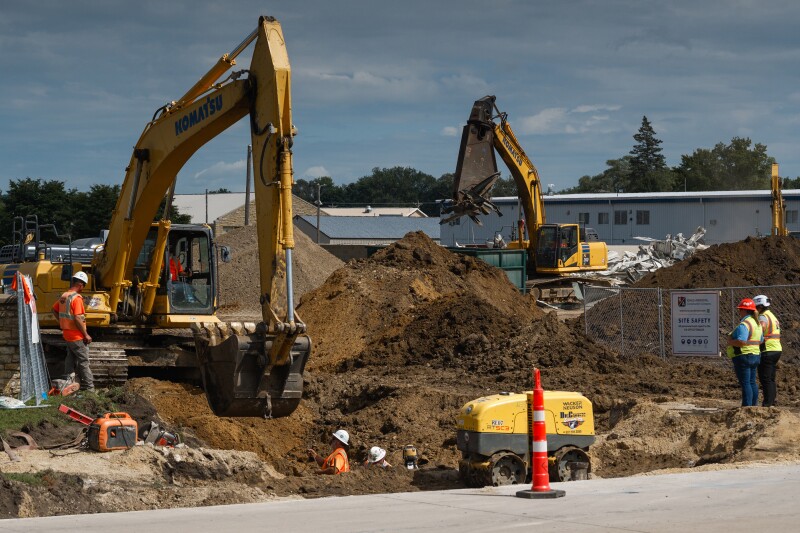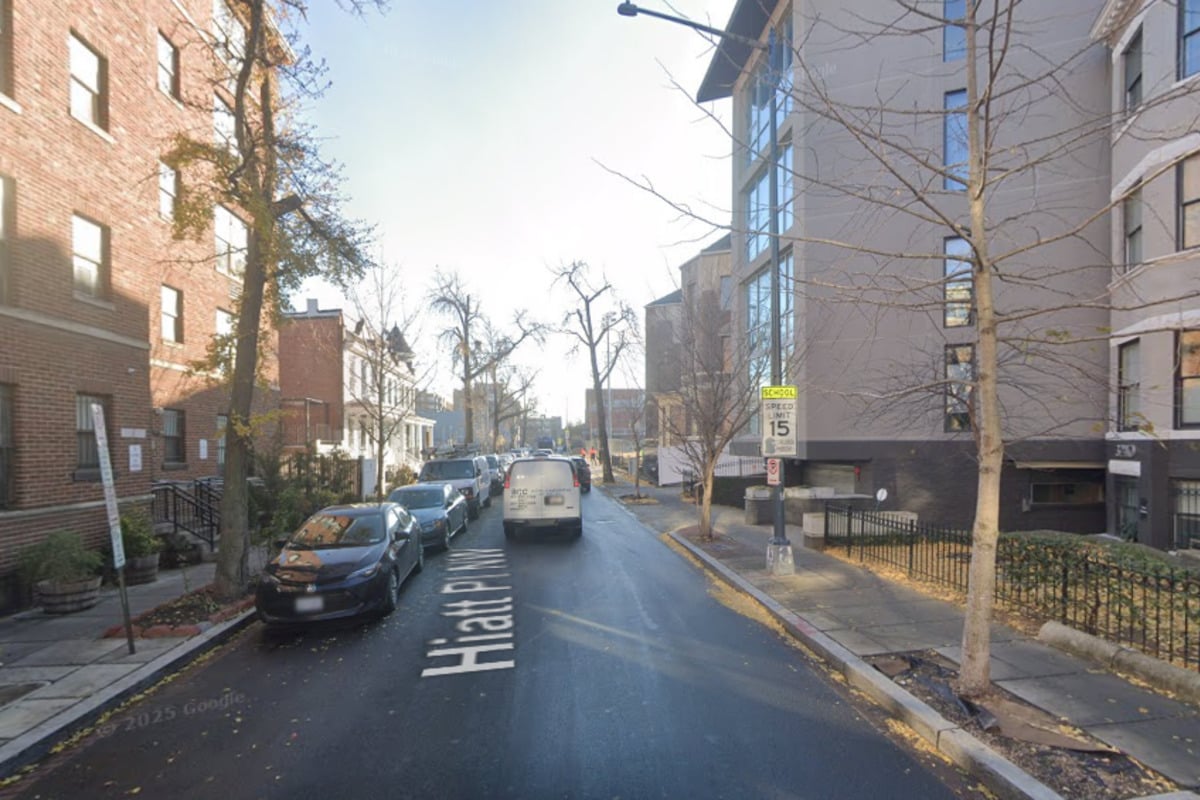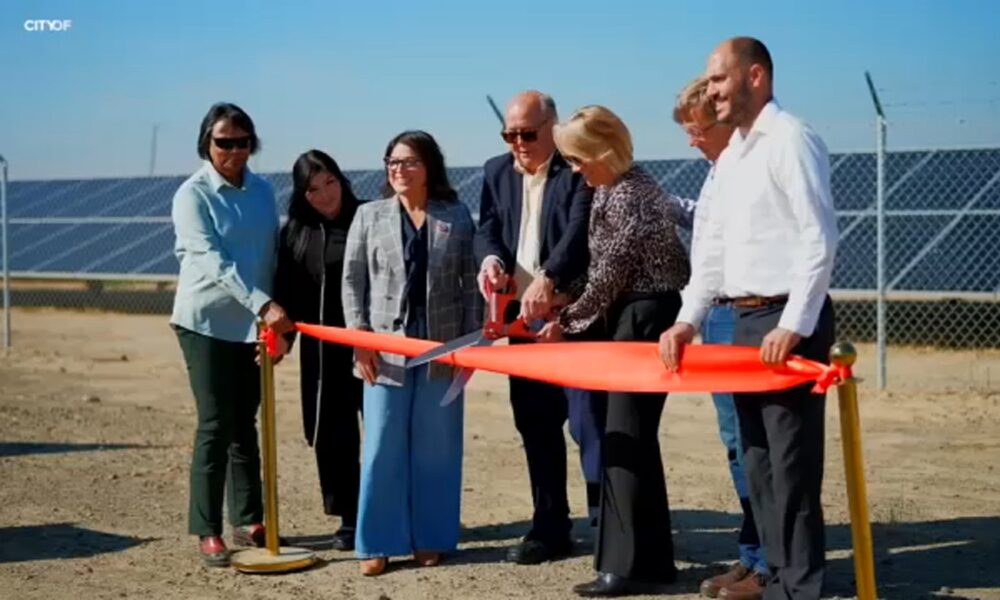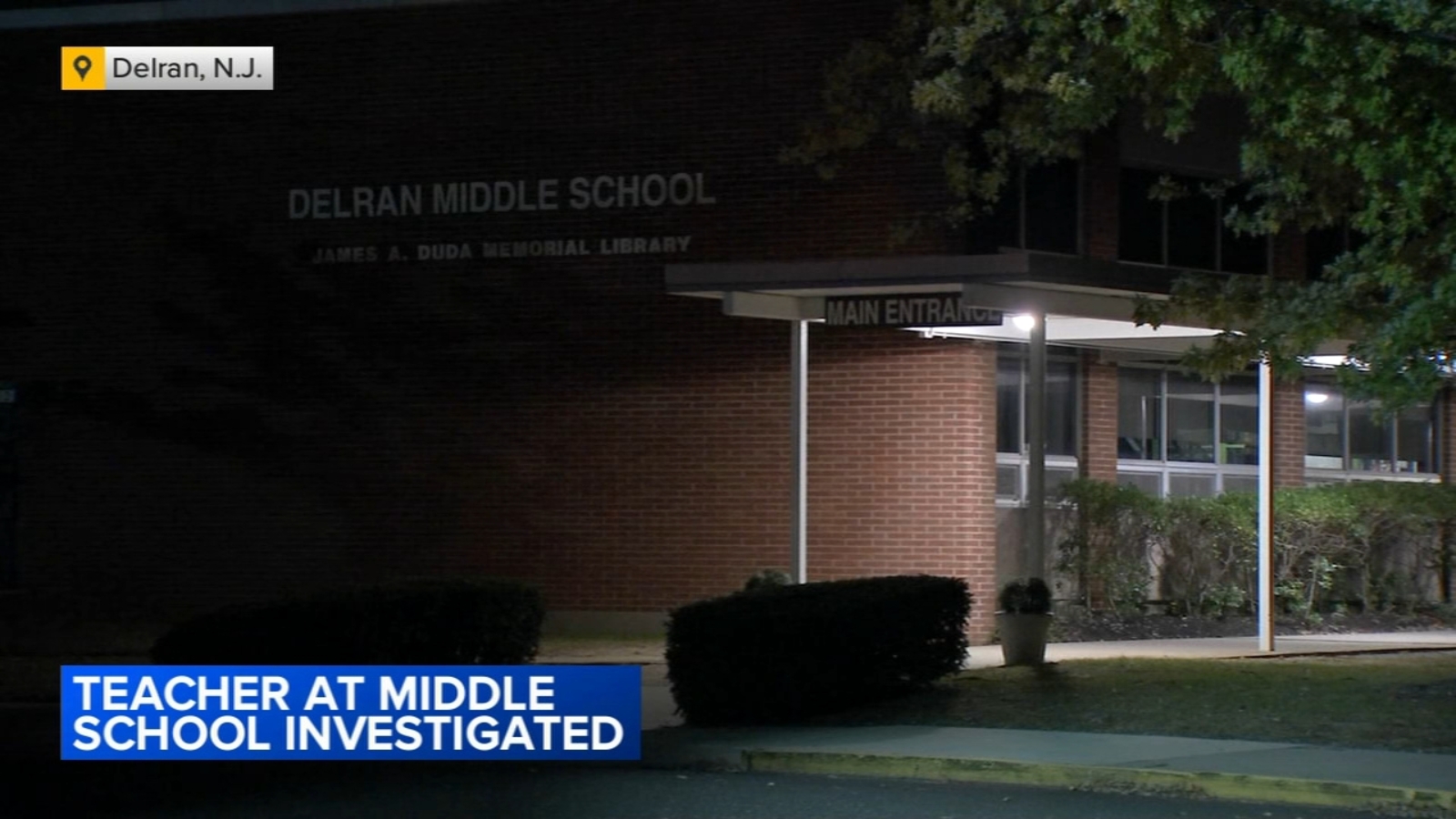UPDATE: Olmsted County has just confirmed it will receive $381,000 in state grants to install solar panels across eight public buildings. This initiative marks a significant step towards sustainable energy and is poised to impact the county’s energy consumption starting in 2026.
The funding comes as part of a larger $14.5 million initiative from the Minnesota Department of Commerce, aimed at supporting local governments and Tribal Nations in their solar energy efforts. County Director of Facilities and Building Operations, Mat Miller, emphasized the financial benefits, stating, “It’s essentially a free solar array for each of these sites, assuming we get the reimbursements.”
This ambitious project, which totals nearly $544,000, will see solar panels installed in various locations, including:
- Public Works Service Center cold-storage facility at 1188 50th St. SE, Rochester
- New exhibition center at Graham Park, 1403 Third Ave. SE
- Caregiver house and main office at Chester Woods Park, 8378 Highway 14 Southeast, Eyota
- Caregiver house and nature center at Oxbow Park, 5731 County Road 105 NW, Byron
While some projects were already budgeted, Miller noted that the Graham Park installation was the only solar project slated for next year before the grant announcement. Now, the completion of all eight installations is expected by 2026.
However, the process is not without hurdles. County Administrator Travis Gransee explained that the county will need to front the costs before receiving state and federal reimbursements. The state funds are projected to be available within 30 days post-completion of each project, while federal funds may take an additional year to materialize.
With the potential for full funding coverage, county officials are exploring additional sites for solar installation, as state funds remain available. “We do have other sites we could look at, but it’s been a ton of work to apply for these eight,” Miller remarked, highlighting the challenges of the application process.
Concerns over roofing conditions on other potential buildings were raised, as state funds do not cover roofing improvements. “The projects we picked were the low-hanging fruit that had good roofs or we could do ground mounds or the site just made sense,” Miller added, emphasizing the strategic selection of the initial eight projects.
This development signifies not just a financial boon for Olmsted County but also a commitment to renewable energy that could serve as a model for other municipalities. As the project progresses, the community eagerly awaits the positive environmental impact these solar installations promise.
Stay tuned for more updates as Olmsted County embarks on this transformative journey toward sustainable energy.







